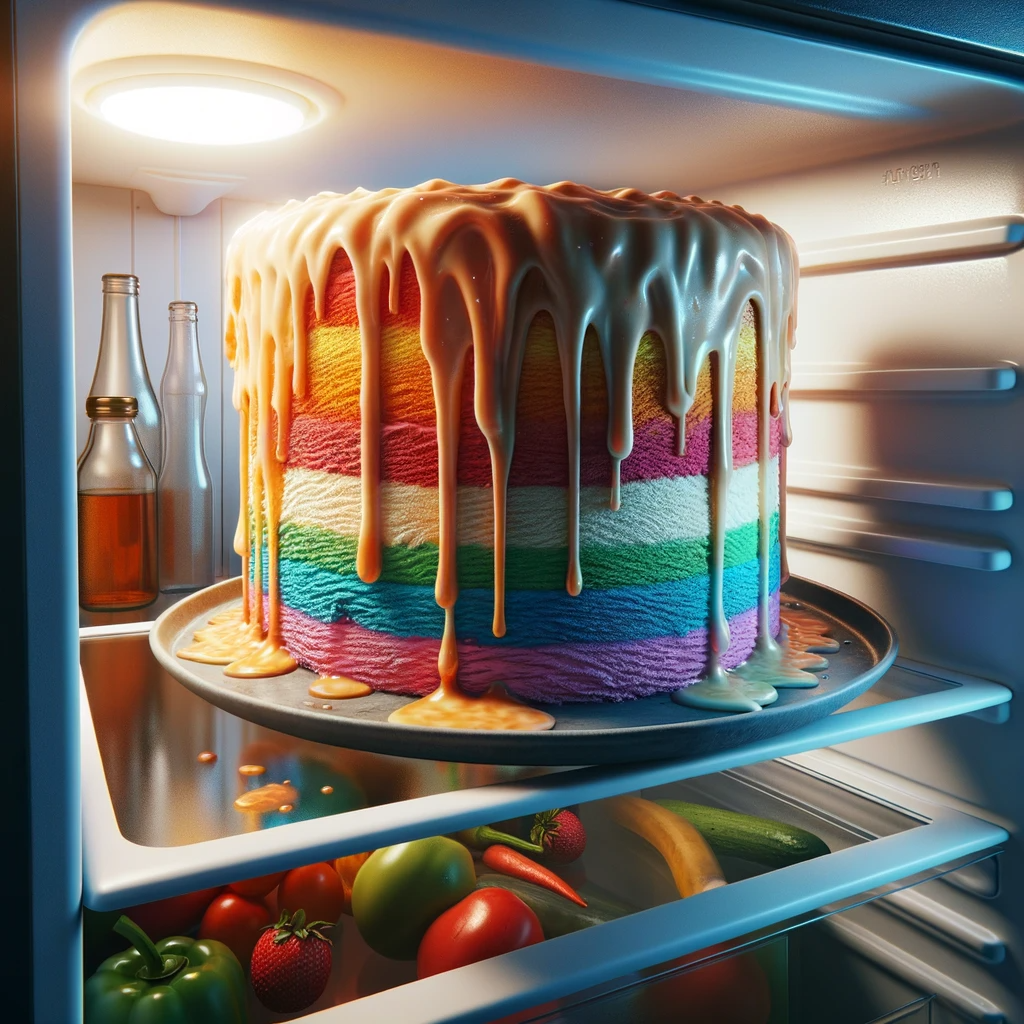
Will ice cream cake melt in the fridge?
Share
The question of whether ice cream cake will melt in the fridge is an intriguing one, blending the principles of food science and practical considerations. Understanding the unique composition of ice cream cake and the mechanics of refrigeration is crucial to answering this query.
Ice cream cake, a popular dessert, is a composite product typically consisting of layers of ice cream and sponge cake, sometimes adorned with frostings and decorations. The key component, ice cream, is a frozen food that is soft and creamy when at its ideal serving temperature, which is generally below freezing point. The texture and consistency of ice cream are maintained by a delicate balance of temperature and composition, including fat, sugar, and air.
The central issue in the context of ice cream cake melting in a fridge revolves around the differing temperature requirements of its components. Standard refrigerators are designed to maintain a temperature above freezing, usually around 3°C to 5°C (37°F to 41°F). This temperature range is ideal for preserving most perishable foods, including dairy, fruits, vegetables, and cooked meals. However, for ice cream, this range is problematic.
At refrigerator temperatures, the ice cream within the cake begins to transition from a solid to a semi-solid or liquid state. This transition occurs because the ice crystals and fat globules that give ice cream its structure start to melt. The melting point of ice cream varies depending on its specific fat and sugar content, but it typically begins to soften significantly at temperatures above -3°C (27°F). Therefore, when placed in a standard fridge, ice cream cake will indeed start to melt, albeit slowly.
The rate of melting and the extent to which the ice cream cake loses its form depend on several factors. The initial temperature of the cake, the actual temperature inside the fridge, and the duration for which the cake is kept in the fridge are crucial determinants. A cake straight from a deep freezer will melt slower than one at a higher temperature. Furthermore, frequent opening of the refrigerator door can cause temperature fluctuations, potentially accelerating the melting process.
It's also worth considering the structural integrity of the cake. As the ice cream softens, the cake's overall structure becomes compromised. Layers may slide off, and decorations may lose their shape, affecting the cake's appearance and texture. The sponge cake layer, if present, might absorb moisture from the melting ice cream, potentially becoming soggy.
While a refrigerator is excellent for storing many types of food, it is not the ideal environment for an ice cream cake. Due to the higher temperature in a fridge compared to a freezer, ice cream cake will indeed start to melt, losing its ideal texture and structural integrity. The best way to store an ice cream cake is in a freezer, where the temperature is maintained below the freezing point of water, ensuring the cake retains its desired consistency and form. When serving ice cream cake, it should be transferred from the freezer to the fridge or a cooler environment shortly before serving to ensure it is easy to cut but not melted. Understanding and respecting the thermal properties of ice cream is key to enjoying this delicious and popular dessert at its best.
